Technology Efficiency
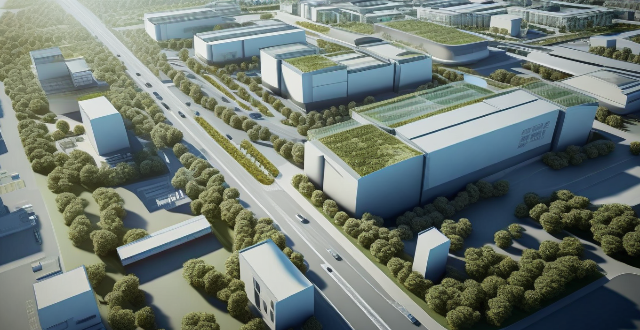
How can Smart Grid Technology improve energy efficiency ?
Smart grid technology is transforming the energy sector by integrating advanced communication technologies, automated controls, and innovative sensors to create a more efficient, reliable, and sustainable energy system. Key features of smart grid technology include Advanced Metering Infrastructure (AMI), Distributed Energy Resources (DERs), Demand Response (DR) Programs, and Electric Vehicles (EVs). The benefits of smart grid technology on energy efficiency include improved load management through peak shaving, demand side management, and dynamic pricing; increased renewable energy integration through microgrids, grid balancing, and energy storage systems; optimized transmission and distribution through self-healing networks, predictive maintenance, and reduced transmission losses; and enhanced customer engagement and participation through consumer education, incentives for energy efficiency, and community solar programs. Overall, smart grid technology offers numerous opportunities to improve energy efficiency across various sectors of the energy industry while transitioning towards a more sustainable future with reliable and efficient energy delivery for all consumers.

How can architects and designers incorporate building energy efficiency standards into their work ?
Incorporating Building Energy Efficiency Standards into Architectural and Design Work: - Understanding Energy Efficiency Standards: Research current standards, analyze local climate data. - Design Strategies for Energy Efficiency: Orientation and site layout, insulation and envelope performance, HVAC, lighting and electrical systems, water efficiency. - Material Selection: Sustainable materials, recycled content. - Technology Integration: Building automation systems, solar technology. - Collaboration and Communication: Team collaboration, client education. - Post-Occupancy Evaluation: Monitor performance, feedback loop.
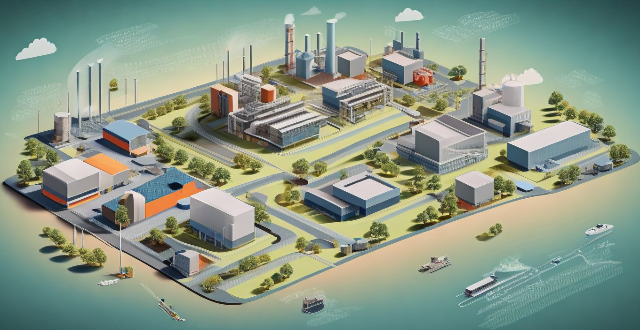
In what ways can technology accelerate energy transition ?
Energy transition is the process of shifting from traditional, non-renewable energy sources to cleaner and more sustainable alternatives. Technology plays a pivotal role in this transition by improving efficiency, reducing costs, and enhancing the performance of renewable energy systems. Key areas where technology can make a difference include renewable energy production, energy storage, smart grids, energy efficiency, and carbon capture and utilization. Innovations in these areas promise a cleaner, more sustainable, and resilient energy future for all.

How have building energy efficiency standards evolved over time ?
The evolution of building energy efficiency standards has been significant over the years, with a focus on reducing energy consumption and environmental impact. Early beginnings saw little consideration for energy consumption, leading to high utility bills and greenhouse gas emissions. The rise of energy conservation in the 1970s led to the development of the first building energy efficiency standards, focusing on measures such as improved insulation and efficient heating and cooling systems. The advent of green buildings in the 1990s brought new standards that minimized environmental impact through the use of renewable energy sources and sustainable materials. Technology has played a significant role in improving energy efficiency, with advances such as smart thermostats and LED lighting. Looking to the future, there is likely to be a greater emphasis on reducing energy consumption in buildings, leading to stricter standards and the development of new technologies. Overall, building energy efficiency standards have evolved to become an essential part of modern building design and construction.

How can circular economy policies improve resource efficiency ?
Circular economy policies enhance resource efficiency by promoting sustainable practices like product redesign, encouraging reuse and sharing, maximizing recycling, reducing waste, supporting innovation, and building capacity for sustainable practices.

What role does technology play in enhancing energy efficiency ?
Technology plays a crucial role in enhancing energy efficiency by enabling the optimization of energy usage, reducing waste, and promoting sustainable practices. Smart building management systems, advanced metering infrastructure, energy-efficient appliances, renewable energy technologies, industrial process optimization, and transportation efficiency are some ways technology contributes to improved energy efficiency.

How does regenerative braking contribute to the efficiency of an EV ?
Regenerative braking in electric vehicles is a technology that converts the kinetic energy usually lost during braking into electricity, which can be stored in the battery and used to power the vehicle. This process significantly contributes to the efficiency of an electric vehicle (EV) by reducing energy consumption and extending the driving range. The key points include energy recovery, battery lifespan, reduced wear and tear, and improved fuel economy. The process involves detecting deceleration, motor acting as a generator, energy storage, and brake blending. The benefits of regenerative braking include increased efficiency, longer range, less battery depletion, and environmentally friendly. Regenerative braking plays a crucial role in enhancing the efficiency of electric vehicles by recycling energy that is typically lost during conventional braking methods.
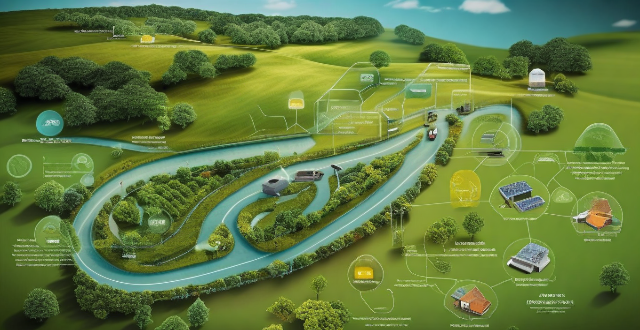
How do smart grids help in achieving better energy efficiency ?
Smart grids, through their advanced digital communication technology, play a pivotal role in enhancing energy efficiency. They achieve this by optimizing power generation and distribution, managing energy consumption effectively, improving system reliability, encouraging sustainable practices, and leveraging data analytics. Features like demand response, distributed generation, smart meters, load balancing, peak shaving, self-healing capabilities, predictive maintenance, dynamic pricing, and electric vehicle integration contribute to these efficiency improvements. As we move towards a more connected future, smart grids will continue to drive efforts towards a more energy-efficient global landscape.
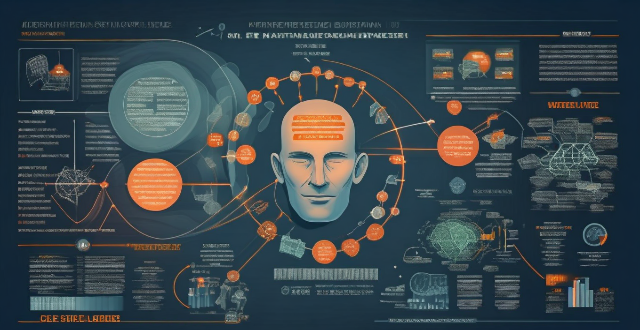
What are the challenges faced by small and medium-sized enterprises (SMEs) in achieving energy efficiency ?
Small and medium-sized enterprises (SMEs) face unique challenges in achieving energy efficiency, including limited financial resources, lack of information and knowledge, resistance to change, access to technology, regulatory compliance, and limited staff expertise. Addressing these challenges can help SMEs improve their energy efficiency and reduce costs over time.

How has technology revolutionized the healthcare industry ?
The healthcare industry has been transformed by advancements in technology, including electronic health records, telemedicine, wearable devices, medical imaging tools, and robotic surgery. These innovations have improved efficiency, expanded access to care, and enhanced patient outcomes. As technology continues to evolve, it will play an increasingly important role in shaping the future of healthcare.

How has the adoption of Industry 4.0 technologies influenced energy efficiency in manufacturing ?
Industry 4.0 technologies significantly impact energy efficiency in manufacturing by enabling precision and optimization, data-driven decision making, resource management, promoting sustainability, and enhancing employee engagement. These advancements contribute to a future where smart manufacturing and sustainability are intertwined.

What is Smart Grid Technology ?
Smart grid technology is a modernized electrical grid infrastructure that utilizes advanced communication, control, and automation technologies to improve the efficiency, reliability, and sustainability of electricity delivery. It integrates renewable energy sources, storage devices, and intelligent monitoring systems to optimize the distribution and consumption of electricity. The key features of smart grid technology include intelligent monitoring, distributed energy resources, demand response management, electric vehicle integration, cybersecurity, and automation. The benefits of smart grid technology are improved reliability, increased efficiency, enhanced sustainability, consumer empowerment, and economic advantages.
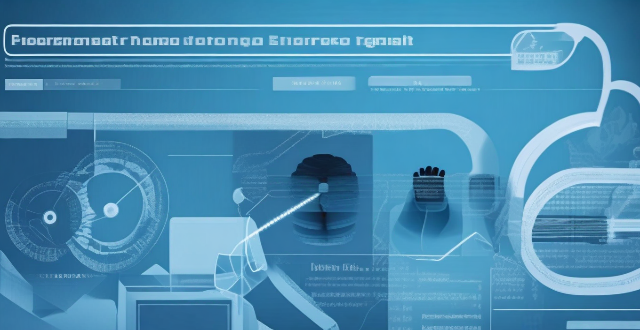
How can blockchain technology be used in supply chain management ?
Blockchain technology is poised to revolutionize supply chain management by offering transparency, traceability, and security. Smart contracts automate transactions, while secure data sharing promotes collaboration. The technology also reduces manual processes, paperwork, and enhances compliance.

How do international standards and certifications affect industrial energy efficiency practices ?
International standards and certifications significantly influence industrial energy efficiency practices by setting uniform benchmarks, driving innovation, enhancing reputation, promoting transparency, supporting regulatory compliance, and leveraging resource efficiency. These standards provide a framework for continuous improvement, drive technological advancements, expand market opportunities, ensure accountability, align with policies, reduce waste, and offer cost benefits. As sustainability becomes a global priority, adherence to these standards will be crucial for industrial competitiveness and success.

How does technology facilitate lifelong learning ?
Technology has revolutionized education, making it more accessible, interactive, and personalized. It facilitates lifelong learning through online resources, digital libraries, simulation software, gamification, adaptive platforms, mobile learning, social media groups, online workshops, instant feedback, cost efficiency, and globalization of education. Technology offers a wealth of benefits for learners of all ages and backgrounds.

How does Smart Grid Technology work ?
Smart grid technology is a modernized electrical grid that uses digital communication technologies to optimize the delivery of electricity. It integrates advanced metering infrastructure, distributed energy resources, and communication networks to detect and react to changes in the power system. The key components of smart grid technology include advanced metering infrastructure (AMI), distributed energy resources (DERs), and communication networks. The benefits of smart grid technology include improved reliability, enhanced efficiency, increased resilience, better integration of renewable energy, and consumer empowerment. By optimizing the distribution of electricity based on demand patterns and available resources, smart grids reduce energy losses and improve overall efficiency. Distributed energy resources provide backup power during outages or extreme weather events, making the grid more resilient to disruptions. With real-time access to their energy usage data, consumers can make informed decisions about their energy consumption and potentially save money on their bills.

What are the most promising applications of blockchain technology ?
Blockchain technology offers secure, decentralized, and transparent solutions in various industries. Promising applications include cryptocurrencies, smart contracts, remittances, trading, supply chain traceability, healthcare data management, real estate ownership, government services, and more. These applications can streamline processes, reduce costs, and improve trust and collaboration between parties. As the technology matures, more innovative uses are expected to emerge.
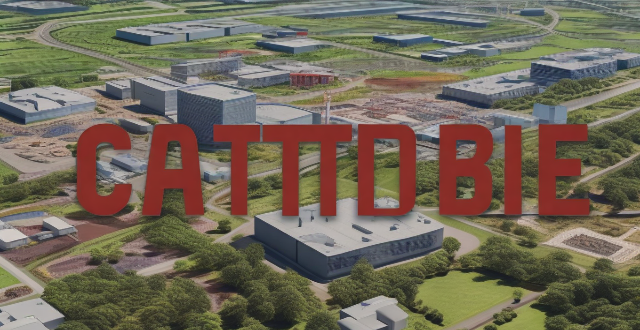
How can we improve carbon capture technology to make it more efficient and cost-effective ?
Carbon capture technology is a crucial tool in the fight against climate change. However, the current state of this technology is not yet efficient or cost-effective enough to be widely adopted. To improve carbon capture technology, we need to enhance efficiency and reduce costs through advancements in material science, optimization of processes, integration with other technologies, direct air capture, economies of scale, government incentives, private investment, improved maintenance and operation, and continuous research and development. With these efforts, we can make carbon capture technology accessible and practical for widespread use in the fight against climate change.
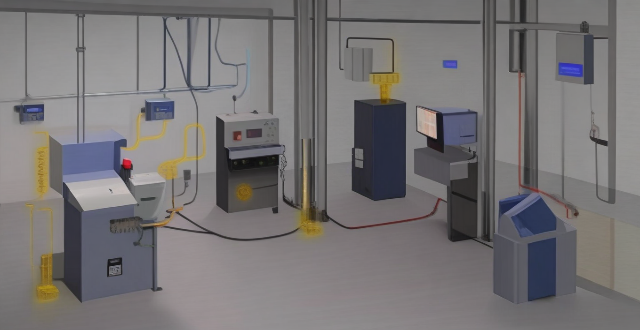
How does a speed controller contribute to energy efficiency in machinery ?
Speed controllers enhance energy efficiency in machinery by reducing energy consumption, improving motor efficiency, optimizing processes, and minimizing standby power use.
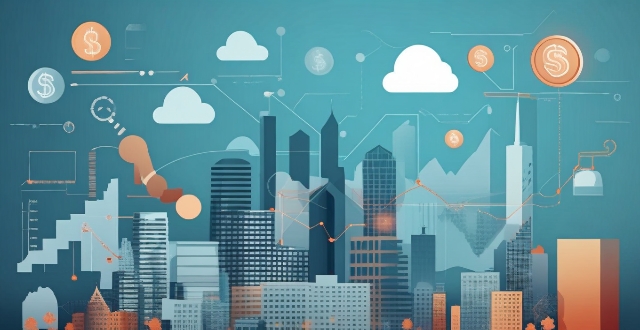
What role does technology play in modern finance and banking ?
Technology has revolutionized the finance and banking industry by enhancing efficiency, improving customer experience, and driving innovation. Automation, streamlined processes, and cost reduction have made financial services more efficient. Personalization, accessibility, and advanced cybersecurity measures have improved customer experiences. Fintech startups, blockchain technology, and cryptocurrencies are driving innovation in the industry. As technology continues to evolve, it will play an even greater role in shaping the future of finance and banking.
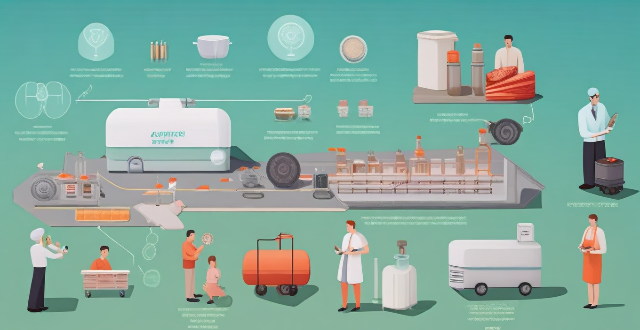
What role does technology play in climate adaptation ?
The article discusses the various ways in which technology can aid in climate adaptation. It mentions data collection and analysis, modeling and prediction, infrastructure development, agriculture and food security, water management, and health and well-being as key areas where technology is used. The article concludes that technology plays a crucial role in understanding and mitigating the challenges posed by climate change.

How does breathable material technology impact sportswear ?
Breathable material technology has revolutionized sportswear by enhancing comfort, performance, durability, and sustainability. This innovation allows for temperature regulation and moisture management, keeping athletes dry and comfortable during physical activity. It also improves muscle efficiency, reduces fatigue, and aids in recovery. Additionally, breathable materials are designed to be durable and long-lasting, reducing the need for frequent replacements. Lastly, eco-friendly production methods and increased durability contribute to environmental benefits by minimizing waste and promoting sustainability.

Are there any specific diets that enhance exercise efficiency ?
Yes, there are specific diets that can enhance exercise efficiency. These include a high-carbohydrate diet for energy, a low-fat diet for weight management and cardiovascular health, a high-protein diet for muscle recovery and maintenance, and a plant-based diet for optimal nutrient intake. Examples of foods in each diet category are provided, along with the benefits they offer for exercise efficiency. It is recommended to consult with a healthcare professional before starting any new diet plan.

How has wearable technology impacted sports performance ?
Wearable technology has significantly impacted sports performance by improving training efficiency, enhancing recovery time, and increasing motivation and accountability. Devices such as GPS trackers, heart rate monitors, sleep trackers, and muscle recovery monitors provide athletes with real-time data and insights into their performance, allowing them to optimize their training intensity, prevent overexertion, and reduce the risk of injury. Additionally, fitness trackers and virtual coaching apps help athletes set goals, monitor progress, and stay motivated throughout their training journey. As technology continues to advance, we can expect more innovative solutions that will further enhance sports performance.

How can Smart Grid Technology help in managing renewable energy sources ?
Smart grid technology is crucial for managing renewable energy sources, enabling their integration into the existing power system and improving efficiency, reliability, and sustainability. It achieves this by optimizing energy consumption, managing demand response, predicting maintenance, self-healing capabilities, integrating energy storage, developing microgrids, real-time monitoring, and data analytics. As renewable energy grows in importance, smart grid technology will become increasingly vital in integrating these sources into our power systems.

Can blockchain technology revolutionize the financial industry ?
Blockchain technology has the potential to revolutionize the financial industry by introducing a decentralized, transparent, and secure way of conducting transactions. In this article, we will explore how blockchain technology can transform the financial sector and discuss its benefits and challenges. Benefits of Blockchain in Finance: - Decentralization: Elimination of intermediaries and increased efficiency. - Transparency: Immutable records and audit trail for regulatory compliance. - Security: Distributed ledger and cryptography ensure secure transactions. Challenges of Blockchain in Finance: - Regulatory uncertainty: Lack of clear regulations and compliance issues. - Scalability: Limited throughput and ongoing research for scaling solutions. - Interoperability: Integration with legacy systems and lack of standardization. Potential Use Cases for Blockchain in Finance: - Payments and Remittances: Faster and cheaper cross-border transactions. - Trade Finance: Streamlined processes and automated smart contracts. - Securities Settlement: Real-time settlement and fractional ownership of assets. In conclusion, blockchain technology has the potential to revolutionize the financial industry by introducing a decentralized, transparent, and secure way of conducting transactions. While there are challenges to overcome, such as regulatory uncertainty, scalability concerns, and interoperability issues, the benefits of blockchain in finance are undeniable. As the technology continues to evolve and mature, we can expect to see increased adoption and innovation in the financial sector powered by blockchain technology.
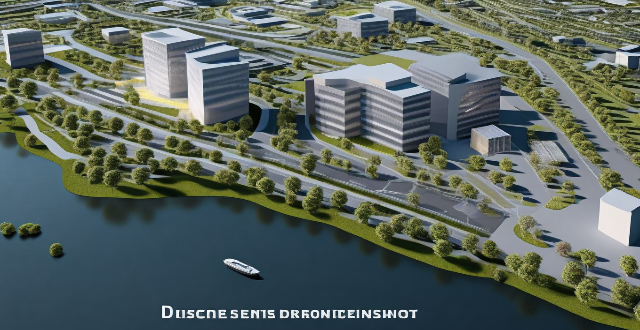
What are the current building energy efficiency standards ?
The text discusses building energy efficiency standards, which are regulations and guidelines designed to reduce energy consumption. These standards promote sustainable development, reduce greenhouse gas emissions, and improve indoor air quality. The text lists seven key areas for improving energy efficiency: insulation and air tightness, heating, ventilation, and air conditioning systems, lighting systems, renewable energy sources, water efficiency, building materials and construction practices, and energy management and monitoring. Each area includes specific strategies and technologies that can be employed to increase energy efficiency.

What role does technology play in advancing ecological design ?
The text discusses the role of technology in advancing ecological design, which is an approach to architecture and urban planning that emphasizes the integration of natural systems and processes into the built environment. The author outlines various ways in which technology contributes to ecological design, including data collection and analysis, simulation and modeling, sustainable materials and construction methods, energy efficiency and renewable energy sources, water management and conservation, connectivity and automation, and community engagement and education. Overall, technology plays a crucial role in advancing ecological design by providing tools, data, and methods for understanding and enhancing the relationship between human activity and the natural world.
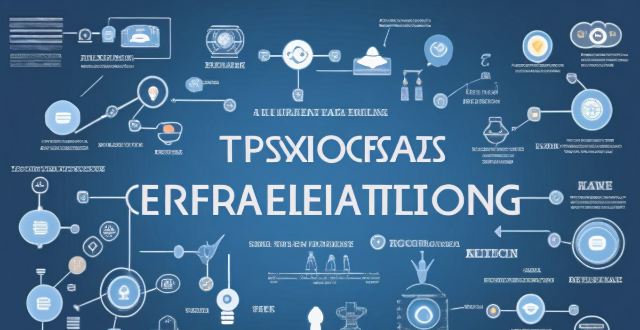
What role does technology play in ensuring a continuous supply of sustainable energy ?
The text discusses the pivotal role of technology in securing a consistent supply of sustainable energy. It highlights how technology enhances efficiency, reduces costs, mitigates environmental impacts, boosts energy security, and fosters innovation and job creation in the renewable energy sector.

What is blockchain technology and how does it work ?
Blockchain technology is a decentralized, digital ledger that records transactions securely and transparently. It was originally designed for Bitcoin but has since been adapted for various applications. Key features include decentralization, transparency, immutability, and security. The technology works through transaction creation, broadcast, verification, block creation, consensus, addition to the blockchain, and perpetuation. Benefits include enhanced security, elimination of intermediaries, increased transparency, reduced costs, and improved efficiency. Blockchain technology has potential applications beyond cryptocurrency and could transform industries such as finance and supply chain management.